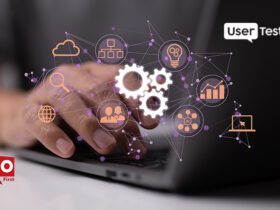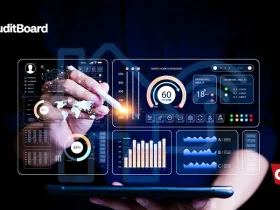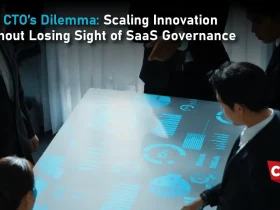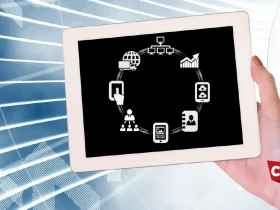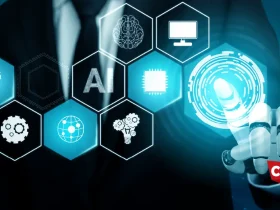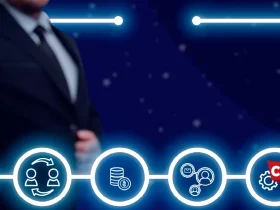Businesses need to have purposeful conversations on effectively integrating offline and online workplaces throughout the organization to achieve digital experience parity.
For facilitating remote work in 2020, several businesses were compelled to secure the necessary tools. For the past two years, leadership teams worldwide have been repeatedly reminded of the crucial role that technology plays in delivering business results. But what is necessary for success?
The issue arises as businesses that choose a hybrid approach find themselves having to play catch-up in order to provide an equitable work environment. Frequent connectivity problems are being caused by common oversights, such as failing to project the necessary bandwidth to support collaborative tools appropriately. Sometimes, outdated integrations of software and hardware cannot support a hybrid meeting. These situations result in a bad user experience, leaving both in-office and remote employees feeling resentful and frustrated. A poor employee experience can have a cascade effect that negatively affects the happiness of partners and customers.
As organizations struggle with these issues, Chief Experience Officers (CXOs) are assisting forward-thinking businesses in finding solutions to create digital experience parity – an atmosphere that offers an equitable experience to all employees, including remote, on-site, or hybrid workforce. While businesses must invest in the right tools and technology, they must also change how they see collaboration.
Digital Experience Parity
In pre-pandemic offices, to collaborate, in-office employees had to leave their desks and go to a meeting room, and remote team members would connect to a conference call or video call. Although this fits the criteria for a hybrid workplace, remote employees were often subjected to second-tier treatment – they had problems connecting in the first place only to find the audio and video quality was subpar, or the connection was inconsistent. Due to experience disparity, conversations were easily dominated by in-person participants. This made it difficult to collaborate effectively at work.
In 2020, things changed. All face-to-face meetings were swiftly converted to phone or video conversations, but companies neglected to consider that certain aspects of a successful in-person meeting didn’t necessarily transition to a virtual setting. There were no whiteboards, no way to read body language, or spontaneous brainstorming sessions. Increased video conference frequency and decreased productivity often led to employee weariness.
Also Read: Scale-Up Europe – Tech Leaders Reveal New Strategy to Create Tech Giants in Europe
To bring all employees together on an even playing field rather than dividing them, leaders need to work toward digital experience parity. Leaders must first foster a change in mindset about what true collaboration looks like within their enterprise if they are to achieve experience parity in 2022 and beyond.
Determine Individual Needs and Solutions
Leaders must first identify the obstacles to collaboration to maximize a hybrid workplace. Executives should meet with their IT and business unit leaders to discuss their pain points and the technology required to scale the current infrastructure to support a hybrid environment before making official preparations to return to the office.
This could entail upgrading individual headsets, integrating virtual whiteboards, equipping conference rooms with AI-powered cameras and other visual collaboration tools, and outlining collaborative security and governance standards. Technology is merely a tool to help achieve the bigger goal of successful collaboration; it is not the end goal. The needs of various teams and departments make it difficult for there to be a single, universally applicable solution. Simply said, leaders must approach communication and collaboration with a purposeful, experience-driven perspective if they want to achieve digital experience parity.



